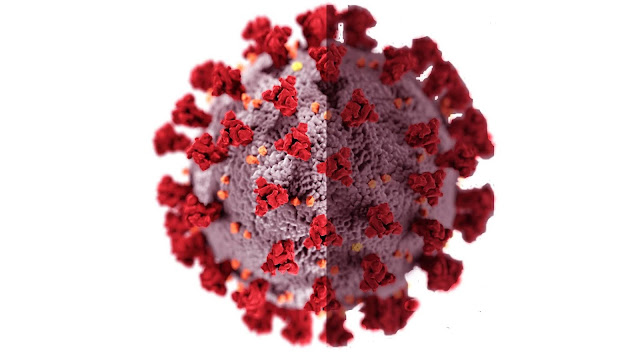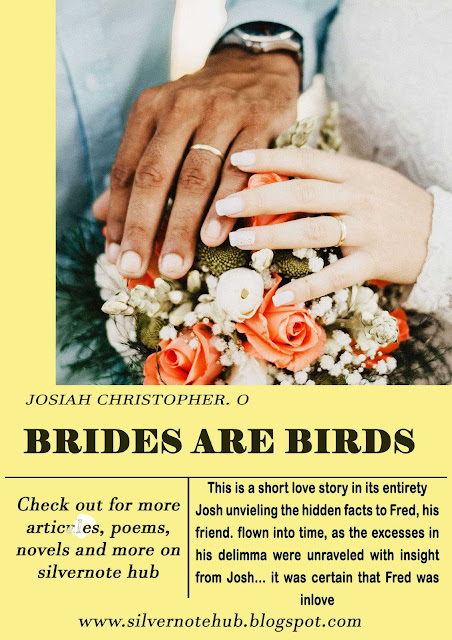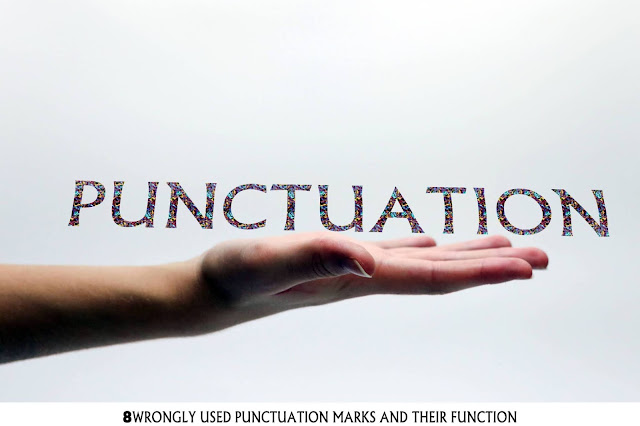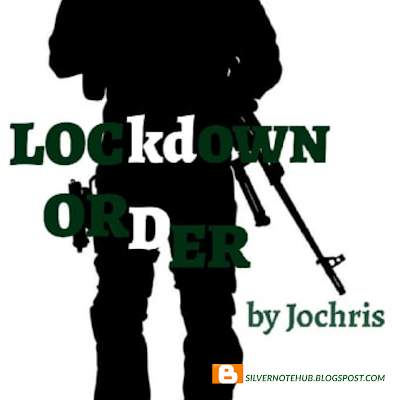It’s amazing when we get to share our thoughts, and they are well transferred to our readers the way it gravitates us.
When you give a fast speech, your audience loses track of what you are saying. So you need to stop, pause, and take a breath at some point. It’s very easy. Punctuation marks help you to pause, change your voice, and know when to stop speaking.
The use of punctuation marks, tells you that you are reading a list of items and that some are independent. It gives a visual clue to your reader and also joins two words together. It also tells your reader that a sentence has come to an end.
With the help of this article, your piece will have a touch of excellence. A to-do list is added for you to practice. Let’s get the train rolling.
Eight Wrongly Used Punctuation Marks And Their Functions.
1. Comma (,)
A comma is a common punctuation mark used in communication. It indicates a pause and a separation of items. Commas are used in dates, addresses, greetings, lists, coordinating adjectives, and introductory words or phrases. Below are points where they function
Dates, address, greetings, and letters:
Example;
Those letters were stamped on October 11, 1995.
Good morning sir, how was the interview?
Lists:
Example;
Peter, Paul, Martians, and Mark chased the hen into her cage.
He gave me two shirts, an iPod, a belt, and a lovely oxford shoe.
Coordinating adjective:
This is a group of adjectives that describes a noun. these are words used in a sentence that describes a process. These adjectives come before the noun they qualify.
Example;
John ran, swerved, and jumped the hurdles.
We encountered short, tall, slim, and fat pupils in her classroom.
Introductory word and phrase:
A comma is used after an introductory word or phrase.
Example;
I can’t wait, the semester is about to begin.
Hopefully, he will do a marvelous job.
Surprisingly, I got the job.
TO DO LIST: Suddenly the cat jumped into the van.
We moved to 234 Jackson lane Aba road Port Harcourt
To days date is October 11 2015.
2. Semicolons (;)
When you encounter a semicolon it’s a proper place for you to pause and take a breath. It is used to join two independent clauses that are related.
Example;
He spoke eloquently, so vest in the subject matter; content is key.
Use semicolons to join items in a list:
Example;
The plates contained different fruits: Apple, plum, and berries; pineapple, grape, and watermelon; with paw-paw, mango, and red berries.
TO DO LIST: The dress code should be of purple, white, and black gray, brown, and red or green, red, and blue.
Let’s do a dance the music is Good.
Switch off the light the room is bright.
3. Colons (:)
This is also a punctuation mark used to introduce a full stop. You can use a colon to introduce a list, quote, or example.
Lists:
Example;
They prepared my favorite meals: Pounded yam with melon soup, fried rice, and roasted yam with sauce.
Quotes:
Example;
Gary Keller said: “Life is a question and how we live it is our answer.”
Use colons to introduce examples or explanations
A colon can be used to introduce an example or prove a statement. The first part of the sentence must be an independent clause, which means, it must stand alone as a complete sentence with a subject and verb. Do not use a colon after phrases like such as or for example.
Example;
The new stadium is used for many sporting activities: hockey, soccer, volleyball, basketball, and athletics.
Note: Capitalize the first letter following a colon for a proper noun, the beginning of a quote. Do not capitalize if the information following the colon is not a complete sentence.
TO DO LIST: I took five lectures today geography, physics, statistics, chemistry, and mathematics
Nelson Mandela said “a winner is a dreamer who never gives up”
4. Quotation mark (“")
Use a quotation to indicate a direct quotation of another person’s word. Quotation marks are in pairs and can also be used to indicate the title of an article.
Example;
John said, “I wish, I am in school.”
References
Quotation marks also show another person’s exact word. You can use quotation marks at the end of a quote, middle, or beginning of the quote. Always make use of comma and capitalize your words.
Example:
Beginning: John said, “Let’s copy the note before the new teacher arrives.”
Middle: “Let’s copy the note,” John said, “before the new teacher arrives."
End: “let’s copy the note before the new teacher arrives.” John said.
Single quotation (‘’)
Use a single quotation to show quotations that are within a quotation.
Example;
“The rule says, ‘Obey the last command’”
Ruth said, “the fish was alive yesterday, but john said, ‘it died this morning.”
Titles
Quotation marks can also be used in titles of short works of writing; poems, essays, short stories, and songs. It’s also italicized when used in titles of large articles: books, magazines, albums, newspapers, and novels.
TO DO LIST: Mathew said, count me out.
Let’s stop behind the church, mark said, and pick some fruit.
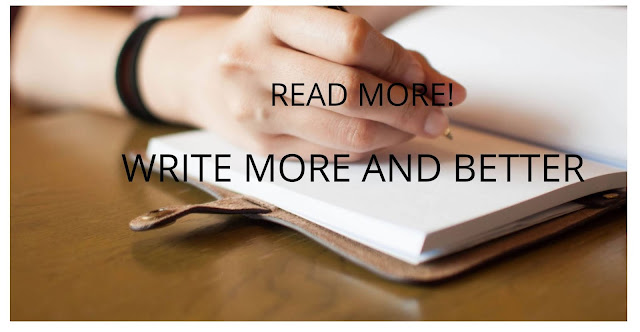 |
| (credit photo to Gettyimage) |
5. Apostrophes (‘)
The use of an apostrophe is the most confusing punctuation which is made easy here. It is used to show possession and to indicate contraction.
Showing possession
Use an apostrophe to show possession. Add ‘s to singular nouns.
Example;
The fish’s scales are so large.
John’s book talks more about the pandemic.
Use an apostrophe + S ('s) to show that one person/thing owns or is a member of something.
Example;
It's kelvin's book.
The dog's bone is there.
It's used to show possession for plurals that do not end in s, add an apostrophe and an s (‘s).
Example;
The children's backpack looks dirty.
People’s rite must be kept.
To show possession with a plural noun that ends in s, just add an apostrophe.
Example: The players’ did their best at first-half.
The singers’ gowns are of the same pattern.
Contraction
A contraction is a word that is formed by combining two words. Use apostrophes in contractions to show where a letter or letters have been left out. Contracted words include; don’t, haven’t, they’ll, let’s, who’s, etc.
Example;
I do not like smoked fish = I don’t like smoked fish.
I have not seen the movie = I haven’t seen the movie.
TO DO LIST: kelvins brother is also coming home today
Wont you be coming to the party?
6. Parentheses ()
A parenthesis is always used in pairs. They enclose information that is secondary to the meaning of the sentence. This means that the sentence should make sense when a word or words in the parentheses are removed. Parentheses must not contain a subject or a verb.
Example;
Fried yam with sauce is my best (and favorite) meal.
Please be sure to circle (not to underline) the current answers.
TO DO LIST: Has anyone besides me read the assignment?
I will be leaving right now.
7. Dash (--)
This is a punctuation mark used to signify information in a sentence for emphasis. It signals a pause in a sentence. A dash can be indicated using two hyphens. Don’t use a space between them. You can envelop a text between two dashes, or a dash.
Example;
She is –too old for that.
Get me water --not from the freezer--to quench this thirst.
TO DO LIST: Guess what mark got the job!
I will be leaving to come back tomorrow for the contract
8. Hyphen (-)
This is shorter than a dash. Use a hyphen to divide a word across two lines of text. Also, use a hyphen between two or more adjective that works as one.
Example;
My mother-in-law has arrived.
I regained consciousness after a long rest. This job is stressful -
compared to yours.
TO DO LIST: The sixty seven year old man walked in last night.
It was a spectacular, fun filled day for everyone



